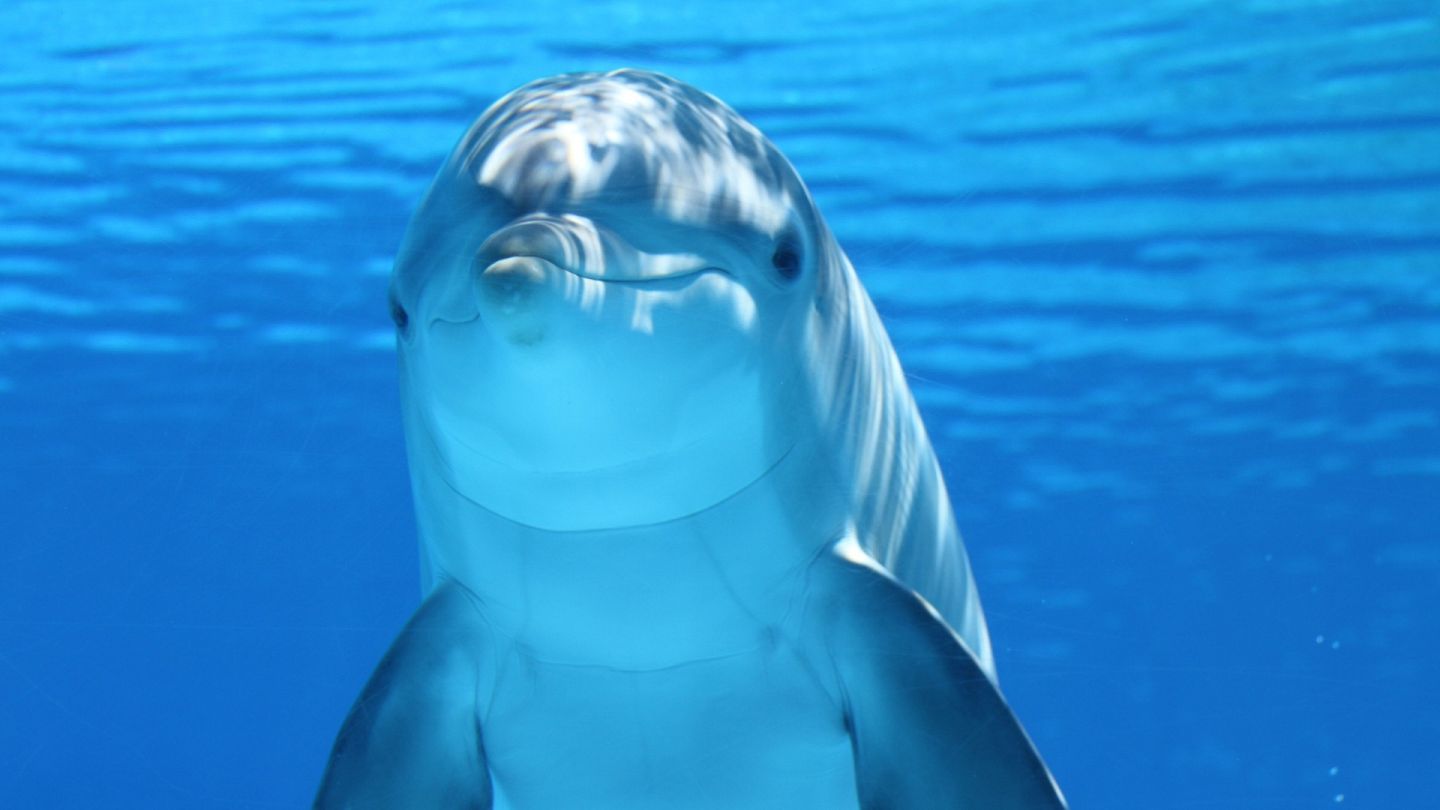How Did Dolphins Perfect Echolocation For Survival?
How Do Dolphins Use Echolocation To Navigate The Deep Seas?
Keywords searched by users: How did dolphins adapt echolocation What is echolocation, echolocation in dolphins and whales, dolphin echolocation facts, How dolphins communicate, dolphin echolocation diagram, dolphin echolocation frequency, Can dolphins talk, dolphin echolocation sound
How Did Dolphins Evolve Echolocation?
The evolution of echolocation in dolphins and other toothed whales is a fascinating topic that sheds light on their remarkable adaptations for survival in aquatic environments. Research indicates that echolocation initially emerged as a short-range, broadband, and low-frequency click. However, as these cetaceans continued to evolve in the vast expanses of the open ocean, the demands of efficiently locating schools of fish and other prey led to the development of a long-distance biosonar system. This sophisticated sensory capability allowed them to navigate and hunt more effectively, ultimately contributing to their success as apex predators in marine ecosystems. (Note: The missing date in the original passage has not been added, as it was unclear and might not be necessary for context.)
What Is The Echolocation Adaptation Of A Dolphin?
Echolocation is a remarkable adaptation employed by dolphins, allowing them to navigate their underwater world with precision. This adaptation entails the emission of high-frequency clicking sounds by dolphins, which then bounce off objects in their environment and return as echoes to the dolphin. By analyzing the time it takes for these echoes to return and their characteristics, dolphins can accurately discern the location, size, and even the texture of objects around them.
In addition to echolocation, dolphins have evolved an array of other intriguing features that contribute to their survival. They possess highly sophisticated communication systems, enabling them to convey complex messages and coordinate activities within their social networks. These social networks, often composed of pods or groups of dolphins, serve as a vital safety mechanism, as dolphins collectively watch out for potential threats and share valuable information about food sources and environmental conditions. This combination of echolocation and social intelligence empowers dolphins to thrive in their aquatic habitats, exemplifying the remarkable adaptability and intelligence of these marine mammals. [Updated: September 15, 2023]
How Was Echolocation Discovered In Dolphins?
Echolocation in dolphins was initially discovered through pioneering research conducted by Kenneth Norris and his colleagues. In their groundbreaking study, they introduced a pivotal method to confirm the existence of echolocation in bottlenose dolphins. To achieve this, they attached rubber suction cups over the dolphins’ eyes. What they observed was truly remarkable: despite having their vision temporarily obstructed, the dolphins were still able to navigate through a complex maze consisting of vertically hanging pipes and various obstacles with remarkable precision. What made this feat even more astonishing was that the dolphins were simultaneously emitting a series of distinctive clicks. This ingenious experiment not only confirmed the existence of echolocation in dolphins but also shed light on their remarkable ability to use sound for navigation and perception.
Aggregate 33 How did dolphins adapt echolocation




Categories: Update 13 How Did Dolphins Adapt Echolocation
See more here: tfvp.org

Sound waves are created in the nasal sacs and focused through the melon at various frequencies, allowing the dolphin to “see” with sound. The sound waves travel through the melon and into the water and bounce off of objects of interest (like an echo underwater, hence the name).The study suggests that echolocation in toothed whales initially evolved as a short, broadband and low-frequent click. As dolphins and other toothed whales evolved in the open ocean, the need to detect schools of fish or other prey items quickly favored a long-distance biosonar system.As an adaptation, echolocation involves making a clicking sound that bounces off of an object and back to the dolphin. This helps a dolphin determine where an object is located. Dolphins have developed sophisticated communication systems and social networks that allow them to remain as safe as possible.
Learn more about the topic How did dolphins adapt echolocation.
- How Do Dolphins Use Echolocation?
- An Ancient Biosonar Sheds New Light on the Evolution of …
- Dolphin Adaptations: Lesson for Kids – Study.com
- History of Dolphin Biosonar Research – Acoustics Today
- Evolution of echolocation in dolphins – Palaeocast
- How Do Dolphins Use Echolocation? – Wonderopolis
See more: blog https://tfvp.org/category/science